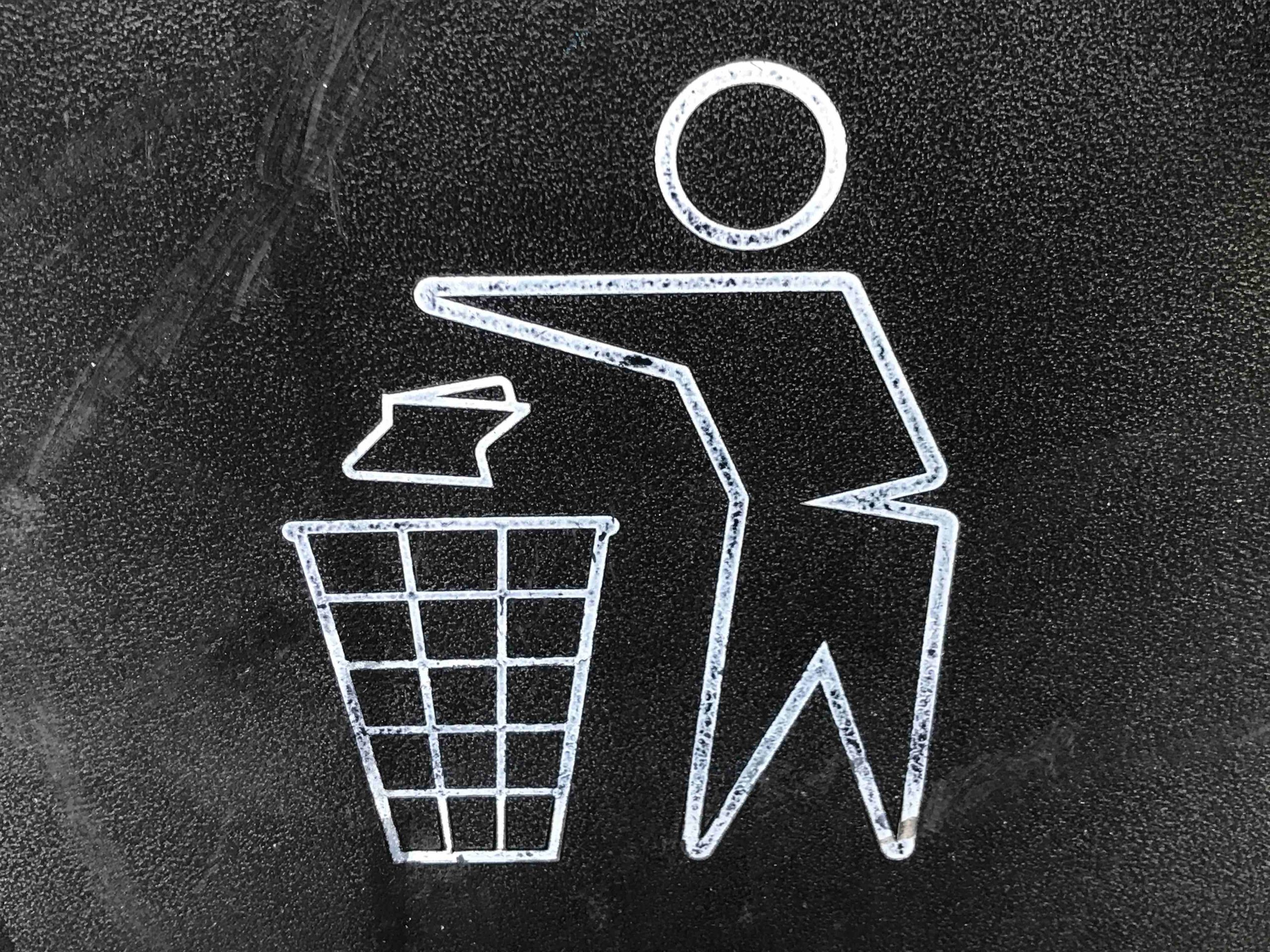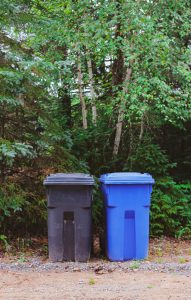
Waste Sorting: Innovative Waste Management
Waste Sorting: Innovative Waste Management.
Waste sorting is sometimes done by hand. Often using barrows or carts to transport sorted materials from collection points to storage or processing facilities.
Automated vacuum collection systems
Many cities have started using automated vacuum collection systems for waste disposal from city streets. Further, helps reduce labor costs for manual waste collection. And reduces air pollution from trucks operating at high capacity on city streets (Saelens).
A good example of this would be a street cleaning truck. This cleans trash off the street using a high-pressure sprayer. This truck then uses a vacuum to suck up the trash. And deposit it in a compactor box mounted on the back of the truck.
After the compactor box is full, the driver will dump the trash at a waste processing facility. Hence, where it can be processed further to reduce air pollution and smell.
Street cleaning trucks
Street cleaning trucks are just one example of an innovative waste management technology. This helps keep our streets clean and helps reduce air pollution from the use of diesel-powered trucks operating on city streets.
In this case, street cleaning trucks have helped reduce manual labor. Further, that used to be required for cleaning streets and has reduced fuel consumption for these vehicles. Also, by allowing them to run more efficiently. And with less weight, because less trash needs to be collected during each pass. At the same time, automated vacuum collection systems for waste disposal have helped reduce air pollution from trucks running on city streets. Because these trucks do not need to be driven. As much as they would if they were not being used for waste collection. Further, they can operate at a higher efficiency due to using a vacuum system instead of compressed air (which is louder). And they emit fewer pollutants into the air due to a more modern design and better emissions control systems (Saelens).
These innovative types of waste management technologies help maintain street cleanliness while also reducing pollution from street level transportation. Technologies like these help ensure that we all live in cleaner cities with less environmental impact.
Composting
The above examples are just some of the many ways that new technologies are helping us. To further deal with our waste in more innovative ways. There are also many old technologies that have been proven effective over time. But are not being used as much anymore because people have gotten accustomed to newer methods of waste management that are easier and faster. Also more costly in both money and resources (including energy use).
Some examples include composting, which involves putting organic material from homes and businesses into a pile or container which is then left untouched for months before it is processed into compost at a composting facility where it can be used as fertilizer or soil conditioner.
Recycling
Recycling involves taking recyclable material such as plastic bottles, empty cans, paper products, etc., collecting them from homes and businesses, processing them at a recycling plant so they can be reused for new products instead of being thrown away; or even things like rainwater catchment which involves collecting water from rooftops or pavements using gutters that lead into rain barrels or other containers.
These are all old technologies that are just as efficient and effective now as they were when they were first used, they just have not been utilized as much in the past few decades because people have gotten used to newer, easier ways of disposing of their waste.

